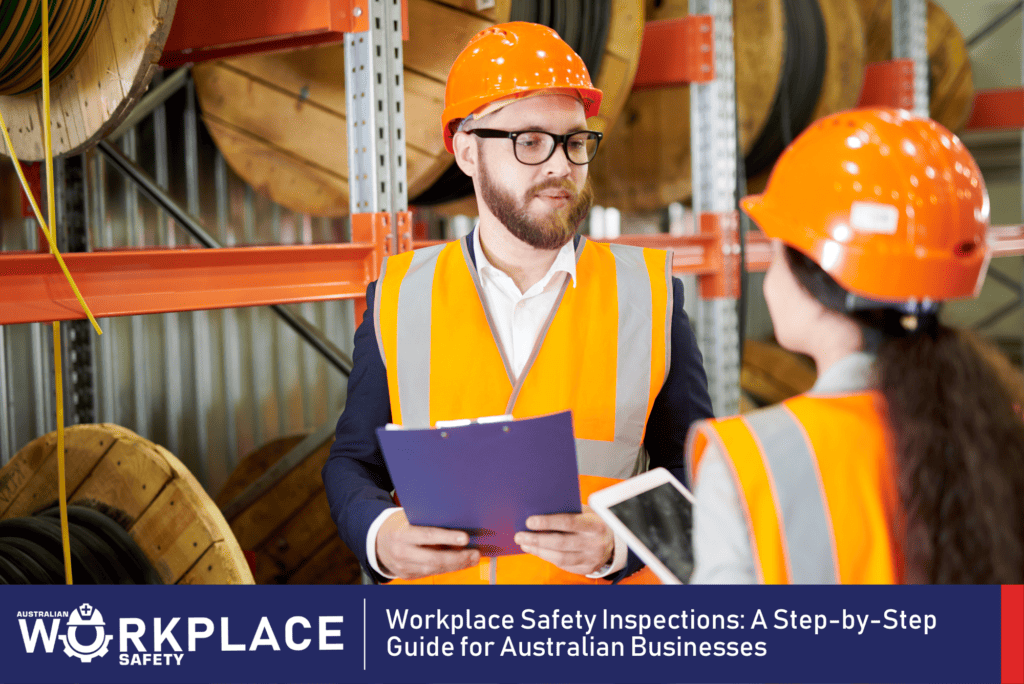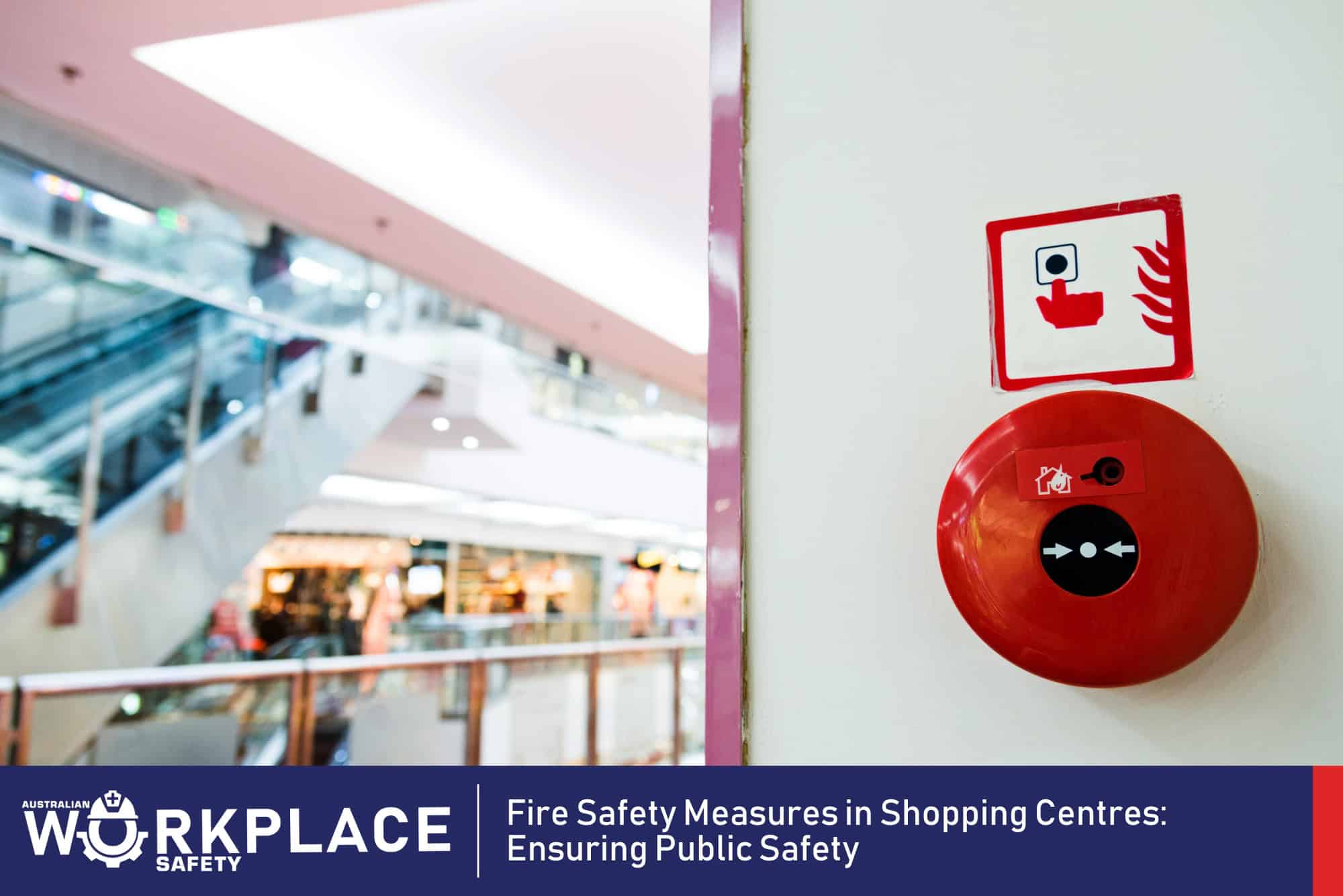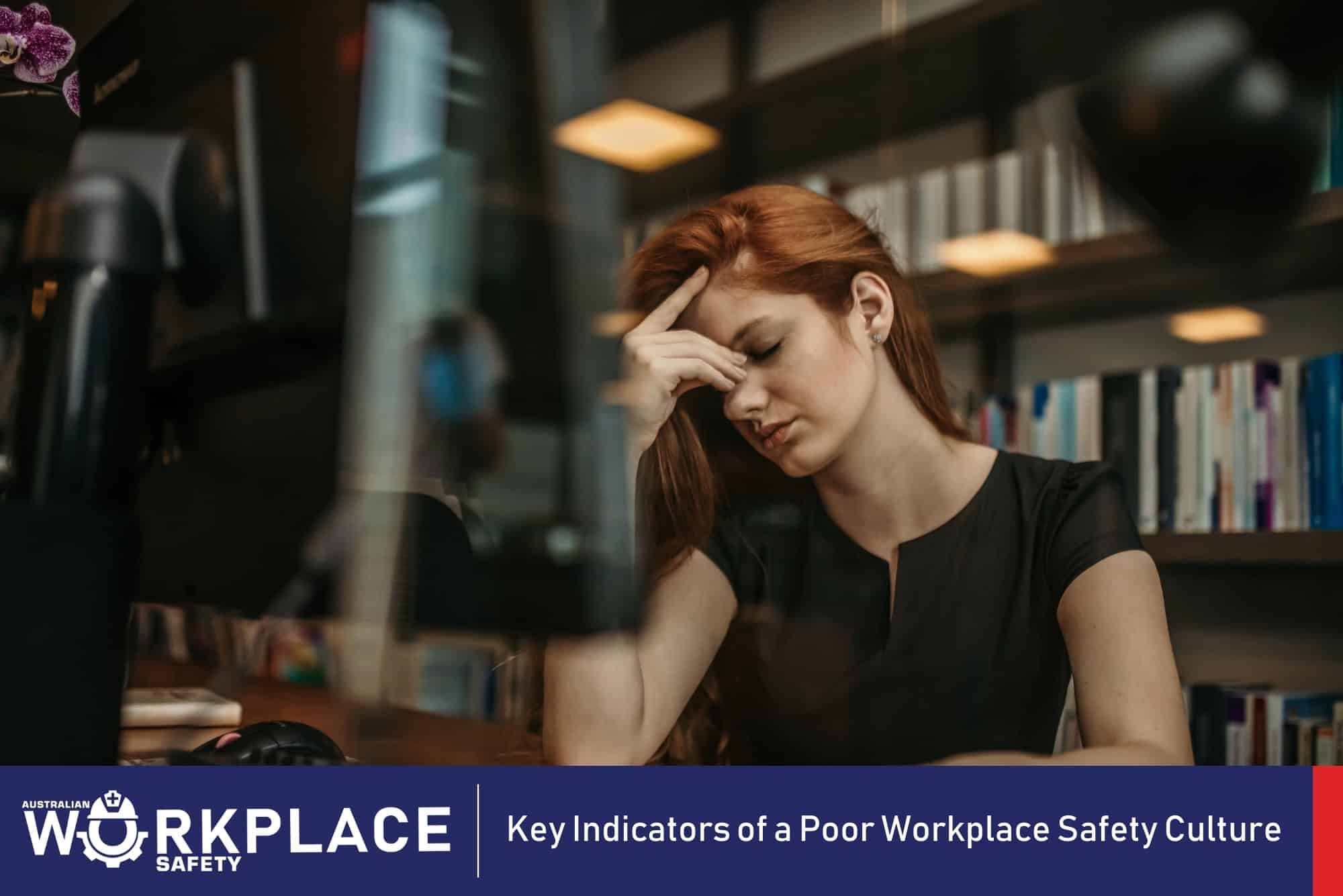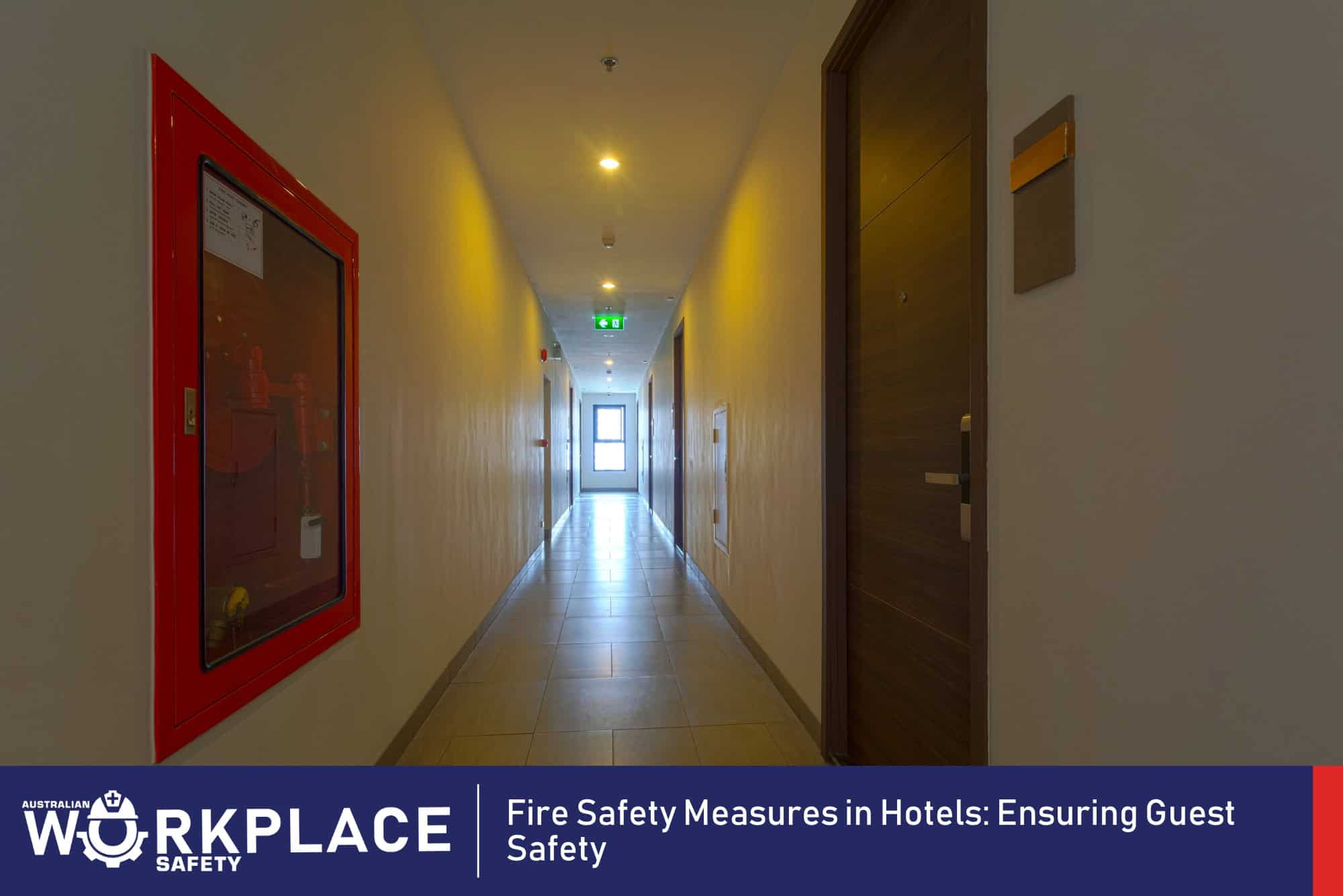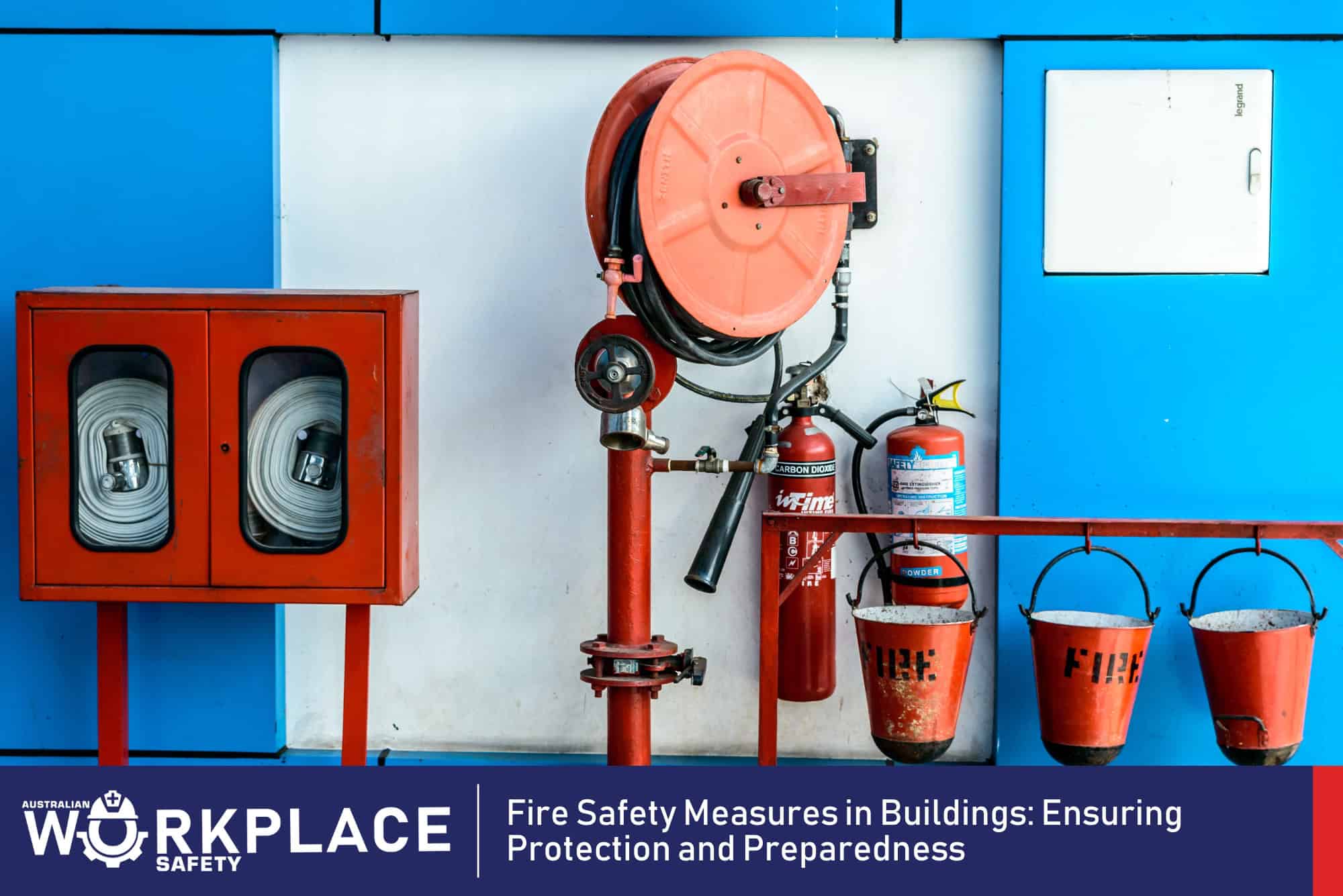A Step-by-Step Guide for Australian Businesses
Maintaining a safe and secure workplace is a top priority for businesses across Australia. Workplace safety inspections are a crucial tool in identifying potential hazards, assessing risks, and ensuring compliance with Australian occupational health and safety standards. In this comprehensive guide, we will walk you through the step-by-step process of conducting effective workplace safety inspections that contribute to a safer work environment.
1. Understanding the Importance of Workplace Safety Inspections
Workplace safety inspections are proactive measures aimed at preventing accidents, injuries, and illnesses. They involve a systematic review of the workplace environment, equipment, processes, and practices to identify any potential hazards that could compromise the well-being of employees. By conducting regular inspections, Australian businesses demonstrate their commitment to creating a safe and healthy workplace.
2. Establishing an Inspection Schedule
The first step in conducting effective workplace safety inspections is to establish a consistent inspection schedule. The frequency of inspections can vary based on the nature of the business and the level of risk associated with its operations. High-risk industries may require more frequent inspections, while low-risk environments might conduct inspections on a quarterly or biannual basis.
3. Forming an Inspection Team
Creating a diverse and knowledgeable inspection team is essential to ensure a comprehensive assessment. Australian businesses should include representatives from different departments, including safety officers, supervisors, and employees. This collaborative approach brings various perspectives to the table and enhances the accuracy of hazard identification.
4. Developing an Inspection Checklist
A well-structured inspection checklist is a critical tool that guides the inspection process. The checklist should cover a wide range of safety aspects, including workplace layout, machinery, electrical systems, fire safety measures, emergency exits, signage, and more. It should align with Australian safety regulations and standards specific to the industry.
5. Conducting the Inspection
During the inspection, the team should carefully follow the checklist and systematically evaluate each area of the workplace. They should be on the lookout for potential hazards such as slippery floors, faulty equipment, inadequate ventilation, blocked emergency exits, improper storage of hazardous materials, and any other conditions that could compromise safety.
6. Documenting Findings
Accurate documentation of inspection findings is crucial for tracking progress, addressing issues, and demonstrating compliance. Australian businesses should maintain thorough records of each inspection, including identified hazards, their location, the severity of the risk, and recommended corrective actions. Photographs can provide visual evidence to support the findings.
7. Prioritising Corrective Actions
After identifying hazards, the next step is to prioritise corrective actions based on the level of risk they pose. Some hazards may require immediate attention, while others can be addressed through a planned timeline. Assign responsibilities for implementing corrective actions to relevant individuals or teams within the organisation.
8. Implementing Corrective Actions
Implementing corrective actions promptly is key to maintaining a safe workplace. This may involve repairing or replacing equipment using appropriate safety measures, improving signage, providing additional training to employees, or modifying work processes to minimise risks. Regular follow-up and verification are essential to ensure that corrective actions are effective.
9. Continuous Improvement
Workplace safety inspections are not a one-time event; they are part of an ongoing process of continuous improvement. Australian businesses should use the insights gained from inspections to refine safety protocols, update training programs, and enhance safety policies. Regularly reviewing and updating the inspection checklist is also important to ensure its relevance.
10. Fostering a Safety Culture
Effective workplace safety inspections contribute to fostering a strong safety culture within the organisation. Australian businesses should encourage employees to actively participate in the inspection process by reporting potential hazards and suggesting improvements. When employees feel empowered to contribute to safety, it creates a collaborative and proactive approach to preventing accidents.
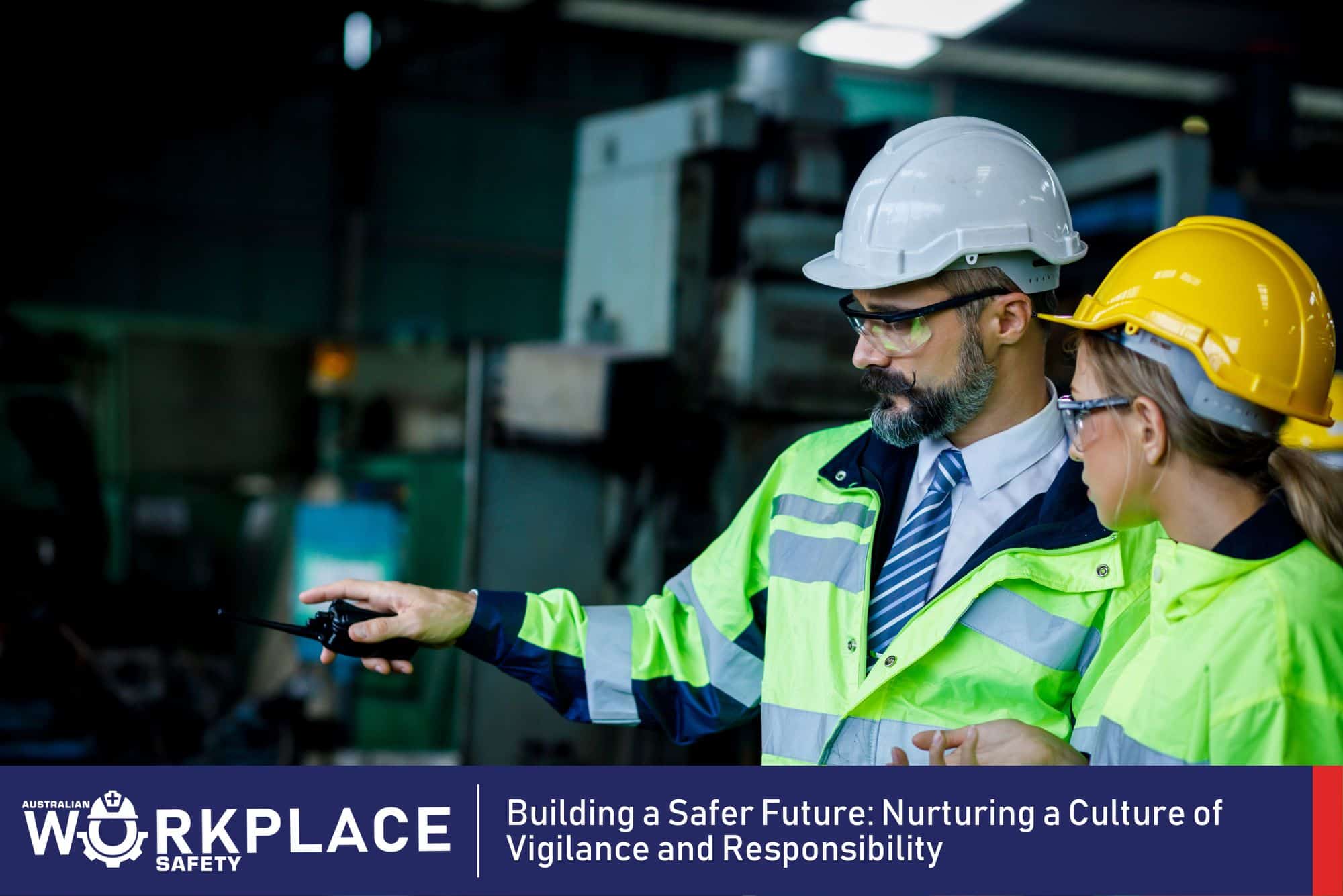
Building a Safer Future: Nurturing a Culture of Vigilance and Responsibility
Workplace safety inspections are integral to creating a secure work environment in Australia. By following this step-by-step guide, businesses can systematically identify hazards, prioritise corrective actions, and enhance their overall safety performance. Through ongoing inspections, collaboration, and a commitment to continuous improvement, Australian businesses can demonstrate their dedication to the well-being of their employees and the success of their operations.
